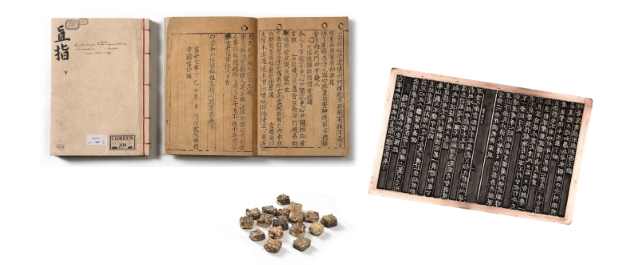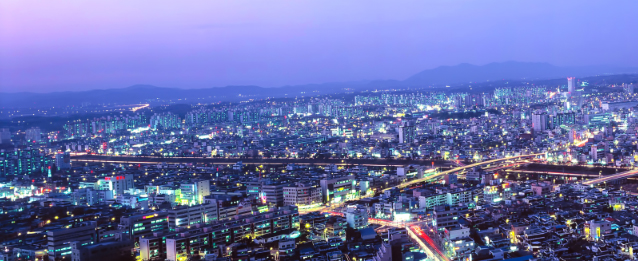History
- HOME
- ABOUT CHEONGJU
- History
The birthplace of “Jikji“, ’the world’s oldest existing metal type book
Throughout history, Cheongju has boasted of its rich culture and traditions and beautiful sceneries. The city has many noble names such as ‘beautiful academic city, beautiful cultural city’, ‘city of loyalty, filial piety and courtesy’, and just as its names suggest, the city has put much importance on scholarly studies and morale from old times. It is not surprising that Cheongju is the birthplace of Jikjisimcheyojeol, or in short, Jikji, the world’s oldest existing metal type book. Moreover, Seowon Hyangyak, a contractual arrangement that allowed for a decree of local government, was enacted in Cheongju, which became the core of Korea’ social law and the vehicle of a degree of local autonomy for its villagers.

세계 최고 금속활자본 직지
JIKJI, World’s oldest movable metal type printed book
From Mahan confederacy to the present day
Names of Cheongju
| Year | State | Name of Cheongju |
|---|---|---|
| 100BC – 500AD | Mahan confederacy | Nangja-gok |
| 500 | Baekje kingdom | Sangdang-hyeon |
| 757 | Unified Silla kingdom | Seowon-gyeong |
| 940 | Goryeo kingdom | Cheonju-mok |
| 1895 | Joseon dynastic kingdom | Cheonju-gun |
| 1949 | Republic of Korea | Cheonju-si |
The present area of Cheongju belonged to Mahan confederacy, a loose confederacy of statelets that existed from around the 1st century BC to 5th century AD in the southern Korean peninsula in the Chungcheong and Jeolla provinces. Later on, when one of its member statelet, Baekje, overtook all of Mahan and became one of the Three Kingdoms of Korea, its name was changed to Sangdang-hyeon. Cheongju’s geological importance as a strategic military point grew heavily during the Unified Silla kingdom (or Later Silla) when it conquered Baekje and Goguryeo in the 7th century, and was raised to the status of gyeong(capital), and became one of the five regional capitals of Unified Silla. On the 23rd year of King Taejo of Goryeo Dynasty (940), the city took its present name of Cheongju.
In Joseon period, the emergence of the nearby city, Chungju, as a critical point of water transport, has slowed down the development of Cheongju for some time, however, with opening of the Gyeongbu railway line, Korea’s first high-speed rail line, in 1905, Cheongju has re-acclaimed its geological importance, and the provincial government moved from Chungju to Cheongju in 1908. Further, the opening of Chungbuk railway line in 1920 has remarkedly accelerated Cheongju’s regional development. In 1946, Cheongwon county is separated from Cheongju, and Cheongju is raised to the status of si (city). The separated Cheongwon county is dissolved and annexed by Cheongju in 2014.
Cheongju city and Musimcheon River in 1960s

Cheongju city and Musimcheon River in 2000s

